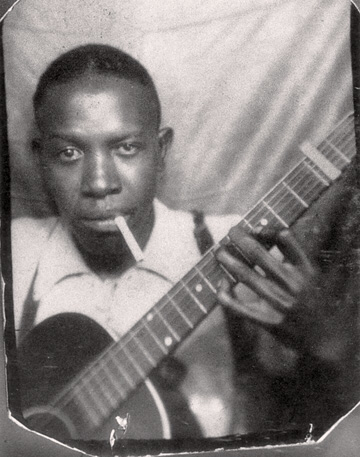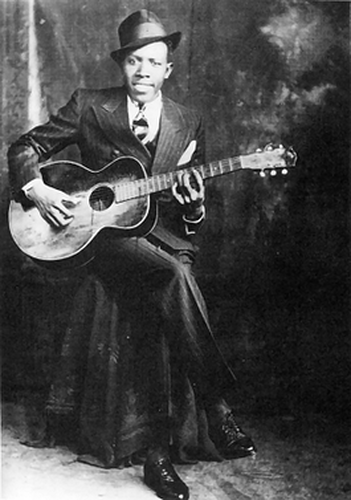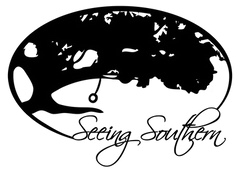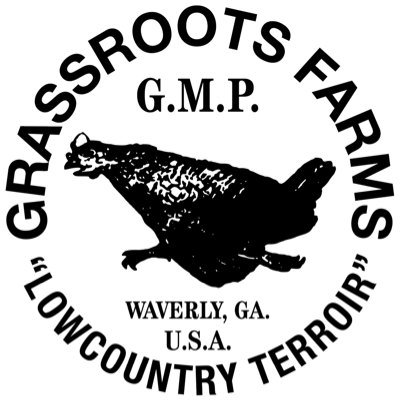 Mississippi Blues Man, Robert Johnson Mississippi Blues Man, Robert Johnson Sam Burnham, Curator @C_SamBurnham You can’t have an area as haunting as the Mississippi Delta without a few legends, myths, mysteries, and perhaps a meeting with the Devil at the Crossroads. When digging through these you’re gonna come across a few that stand above the rest. Take the story of a young guitarist from southern Mississippi. He was known in the Blues community as a mediocre, perhaps even bad guitarist. He disappeared from the area for about a year and then when he returned he could do things with a guitar that no one else could. How did he learn to do that in that short amount of time? ”He went to the crossroads and sold his soul to the Devil.” That’s exactly how legends are born. And a good performer can take something like that and run with it...and make it grow. That’s the subject of a Netflix documentary titled Remastered: Devil at the Crossroads, A Robert Johnson Story. The documentary is well made and includes accounts from people who have thoroughly researched Johnson’s life, musicians who have been heavily influenced by Johnson’s music, and even Johnson’s own grandson. But what is it about this “walking” (itinerant) guitarist that has Netflix doing a documentary on him some 80 years after his death? The answer is that practically all popular music over those 80 years can be traced back to a man who had two recording sessions resulting in 27 distinct songs and only two surviving verified photographs. His long fingers worked the strings to create a sound that had not been heard before. He was doing something new.  The documentary shows how his innovative style influenced the early rock and blues recording artists. Chuck Berry, Bob Dylan, Keith Richards, Eric Clapton - through the 50s, 60s, 70s musicians built on Johnson’s foundation. They picked his sound apart, analyzed it, tried to mimic it. It became a part of them and their work. The Blues, Mississippi’s gift to the world, is a uniquely Southern institution. It grew in the same rows as the cotton plants. It was planted, tended , and harvested by the same hands as the cotton. The songs of sorrow, pain, cruelty, and loss were the cries of slaves and sharecroppers. The Blues is as indigenous, as organic, and as alive as those tufted bills of cotton. It’s hard to imagine where our music would have gone without the cotton or the sharecroppers. The Blues gives us a beauty that could only come from sorrow. All that big city Blues music in places like New Orleans, Memphis, and St. Louis merely evolved from the Blues that came from the cotton fields around places like Greenwood, Robinsonville, and Cleveland, Mississippi. It grew up out of places like the Dockery Plantation and folks like Robert Johnson carried it to the juke joints, the city street corners, the recording studios. Robert Johnson even got his call to take his music to Carnegie Hall. But, typical of his life experience and the tales of the Blues in general, he’d been given poisoned whiskey in a Greenwood juke joint and had died at age 27, months before his call to Carnegie Hall. A phonograph player took his spot at that show. I highly recommend the Netflix documentary as well as any of Johnson’s music. It’s grainy. It’s old and recorded in the low fidelity that was available to him at that time. But it’s good. And its a part of who we are as Southerners. Robert Johnson was born in Hazlehurst, Mississippi, May 8, 1911
0 Comments
Leave a Reply. |
Sam B.Historian, self-proclaimed gentleman, agrarian-at-heart, & curator extraordinaire Social MediaCategories
All
Archives
November 2022
|




 RSS Feed
RSS Feed
